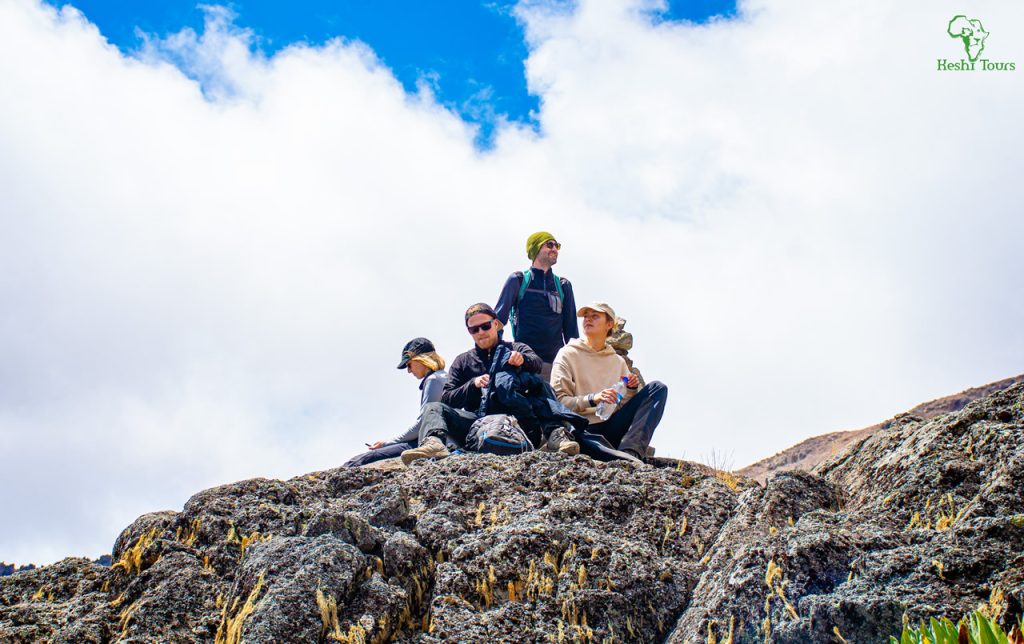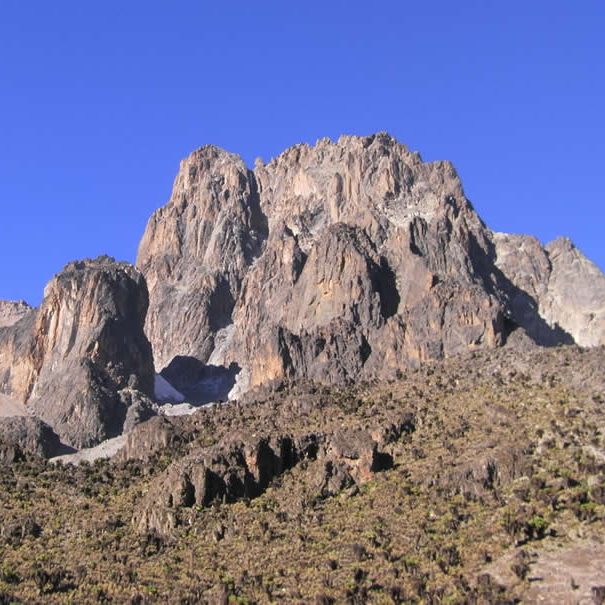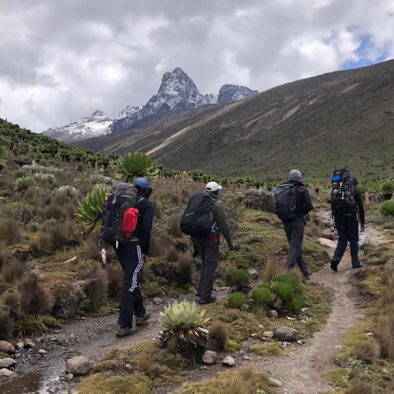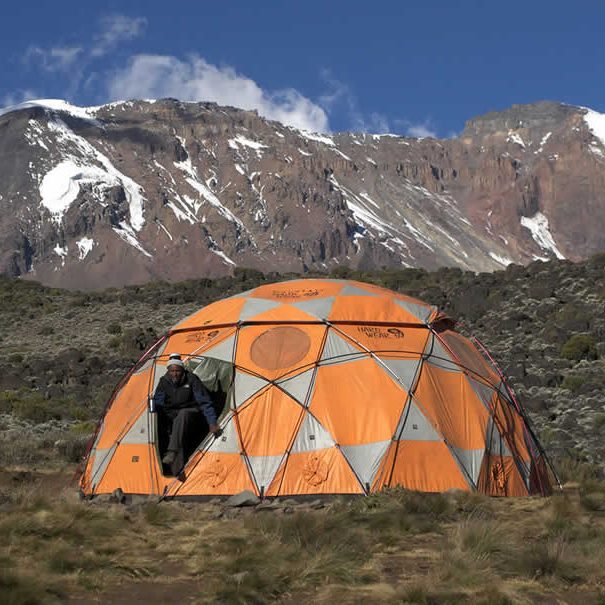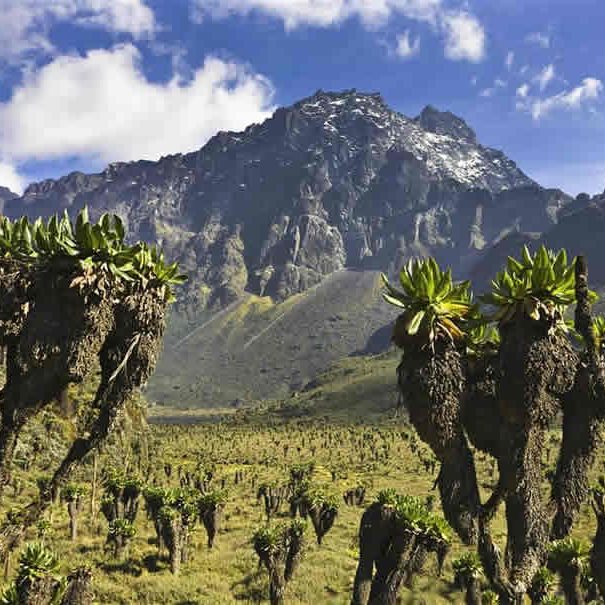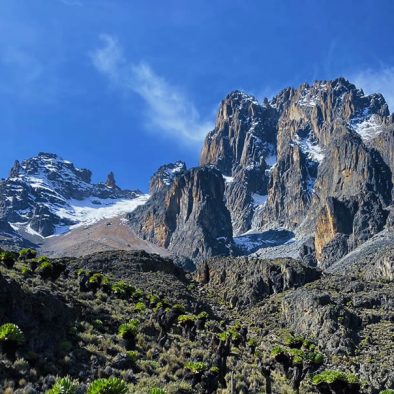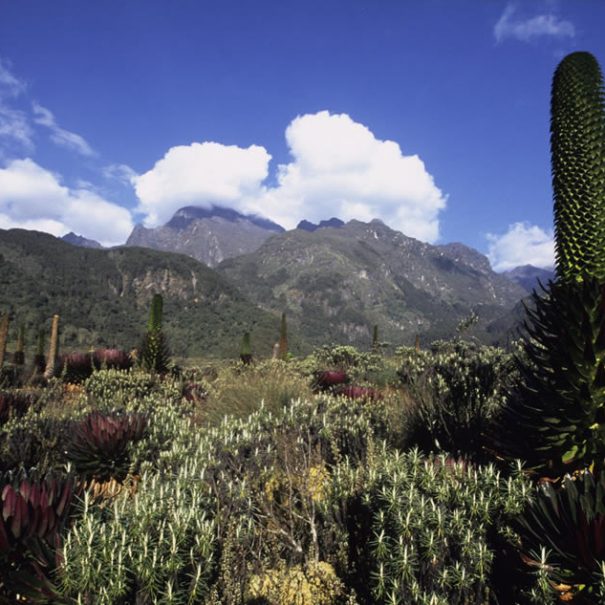Embarking on the exhilarating journey of climbing Mount Kenya presents adventurers with a formidable challenge that demands both physical prowess and mental fortitude. As the majestic peaks of this African giant beckon, it becomes evident that conquering its heights requires more than just sheer determination. Properly equipping oneself through meticulous training and unwavering dedication to fitness is paramount in the pursuit of a triumphant ascent. In this article, we delve into essential training and fitness tips that will serve as the cornerstone of a successful Mount Kenya climb, ensuring that every step taken towards its summit is met with confidence and strength.
Understanding the Challenge: Mount Kenya’s Unique Demands
Climbing Mount Kenya presents a multifaceted challenge that extends beyond physical endurance, delving into the realms of mental resilience. The journey’s physical demands encompass steep ascents, varying terrains, and rapidly changing weather conditions. Equally crucial is the mental tenacity required to navigate the uncertainties and setbacks that inevitably arise during the climb. To triumph over these hurdles, a foundation of robust cardiovascular endurance, muscular strength, and altitude acclimatization must be established through meticulous training and unwavering commitment to fitness.
1. Building Cardiovascular Endurance: The Foundation of Success
Cardiovascular endurance stands as a pivotal attribute when tackling high-altitude climbs like Mount Kenya. The ability of the heart and lungs to efficiently transport oxygen to muscles is instrumental in combating the thin air found at higher elevations. Effective cardiovascular training methods, such as running, cycling, and interval workouts, enhance lung capacity and oxygen utilization, aiding in prolonged exertion and altitude adaptation. Integrating these training and fitness tips ensures that climbers are better equipped to overcome the rigors of ascending to Mount Kenya’s summit.
2. Nutrition and Hydration: Fueling Your Climb
Optimal nutrition forms the cornerstone of effective training and climbing performance. A balanced diet rich in carbohydrates and protein provides the energy required for strenuous exertion, ensuring sustained endurance throughout the climb. Hydration, too, is paramount, especially in high-altitude settings where increased water loss and the body’s elevated demands necessitate mindful fluid intake. These nutritional and hydration training and fitness tips substantiate climbers’ efforts by offering the necessary fuel and support for the arduous journey ahead.
3. Strength Training: Essential for Tackling Steep Sections
Ascending the steep terrains of Mount Kenya demands a robust foundation of muscular strength. The inclines and uneven surfaces present throughout the climb necessitate muscles to work against gravity effectively. Muscular strength not only empowers climbers to conquer these challenging sections but also aids in maintaining balance and stability on rugged terrain. Focusing on key strength training exercises like squats, lunges, and stair climbing helps target the lower body muscle groups essential for uphill movement. By engaging in a comprehensive strength training regimen, climbers equip themselves with the physical prowess required to tackle the ascent’s steepest sections.
Advice on Strength Training Exercises
- Squats: Squats engage the quadriceps, hamstrings, and glutes – muscles that play a crucial role in propelling you uphill. Perform bodyweight squats, goblet squats, or barbell squats for added resistance.
- Lunges: Lunges target the same lower body muscles while also enhancing balance and coordination. Forward lunges, reverse lunges, and lateral lunges can be incorporated.
- Stair Climbing: Climbing stairs mimics the uphill motion and conditions the muscles for the climb’s challenges. Find a set of stairs to ascend and descend, gradually increasing speed and intensity.
Beyond aiding in tackling steep sections, balanced strength is a pivotal factor in injury prevention. Uneven surfaces and sudden changes in terrain on Mount Kenya increase the risk of slips, trips, and falls. Muscles that are strong and well-conditioned provide stability, reducing the likelihood of accidents. Additionally, balanced strength promotes proper body mechanics, diminishing strain on joints and ligaments. By engaging in a comprehensive strength training routine, climbers fortify their bodies against potential injuries, making the climb safer and more enjoyable.
4. Altitude Acclimatization: Adapting to Thin Air
Climbing Mount Kenya exposes climbers to high altitudes where the air is thin, resulting in lower oxygen levels. These conditions pose considerable challenges, including reduced oxygen saturation in the blood, increased heart rate, and potential altitude sickness. Proper altitude acclimatization is indispensable to mitigate these effects and enhance the likelihood of a successful climb.
Strategies for Altitude Acclimatization
- Gradual Ascent: Climbing gradually allows the body to adapt to changes in altitude over time. Ascending too rapidly increases the risk of altitude-related ailments. Plan for sufficient acclimatization days at intermediate altitudes.
- Rest Days: Intersperse challenging ascent days with rest days to aid in recovery and acclimatization. Rest days provide the body with an opportunity to adjust to the altitude and replenish energy stores.
Proper fitness significantly aids in altitude acclimatization. Well-conditioned cardiovascular and respiratory systems better cope with reduced oxygen availability. Improved fitness also leads to better circulation and oxygen delivery to tissues, mitigating the effects of high altitude. Engaging in regular cardiovascular and strength training as part of your preparation enhances your body’s resilience to the challenges posed by thin air. By aligning with these strategies and recognizing the interplay between fitness and acclimatization, climbers set the stage for a smoother and more successful ascent on Mount Kenya.
5. Mental Preparation: Training the Mind for Success
Beyond the physical realm, mental resilience emerges as an indispensable asset during a Mount Kenya climb. The climb’s mental challenges, encompassing persistence, patience, and adaptability, are as demanding as its physical aspects. Introducing mindfulness and meditation practices into training routines enhances mental fortitude, cultivating a focused and resilient mindset that harmonizes with physical fitness. This intersection of mental and physical preparation underscores the holistic nature of the “Training and Fitness Tips” for conquering Mount Kenya.
6. Gear and Equipment: The Right Tools for the Job
Appropriate gear serves as a linchpin for a safe and comfortable climb. The right clothing, footwear, and equipment shield climbers from harsh weather conditions and potential hazards, significantly impacting the climb’s outcome. Familiarizing oneself with gear during training sessions not only ensures proper usage but also bolsters confidence during the ascent. By adhering to gear-specific “Training and Fitness Tips,” climbers create an environment conducive to success while safeguarding their well-being.
7. Training Progression and Rest: Balancing Effort and Recovery
Central to the journey’s success is a carefully calibrated training progression that minimizes the risk of overexertion and injuries. Gradually increasing the intensity of workouts, along with strategically planned rest days, prevents burnout and enables muscles to recover effectively. This equilibrium between effort and recovery, integral to the “Training and Fitness Tips,” optimizes physical readiness and primes climbers for a triumphant Mount Kenya climb.

